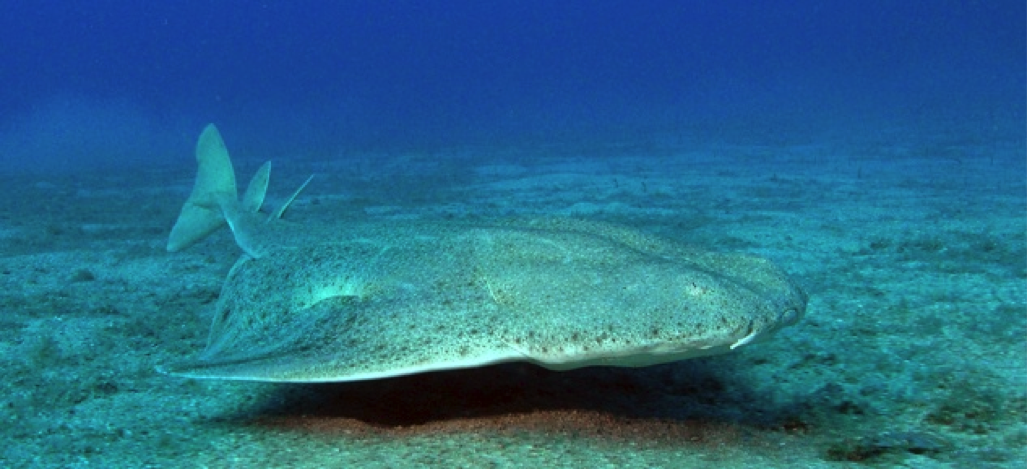|
Three Species of Imperiled Sharks Are Endangered by Commercial Fishing Washington, DC—Today, the National Marine Fisheries Service announced it is protecting three species of angelshark under the Endangered Species Act (ESA), listing them as “endangered” in response to a petition filed by WildEarth Guardians in 2013. “Receiving Endangered Species Act protections is great news for these angelsharks,” said Taylor Jones, endangered species advocate for WildEarth Guardians. “Sharks of all kinds are a key part of ocean ecosystems and are increasingly threatened by human activities, so we’re thrilled to see more of them protected.” The three species of angelshark — the common angelshark (Squatina squatina), sawback angelshark (Squatina aculeata) and smoothback angelshark (Squatina oculata) — have severely declined because of commercial fishing, particularly bottom-trawling. Angelsharks are now rarely seen or absent in most areas where one or more species were once common, including the Iberian coast, Tunisia, Balearic Islands, Aegean Sea, North Sea, Baltic Sea, Black Sea, the English Channel, and large areas of the Mediterranean. The Fisheries Service concluded that angelsharks are vulnerable to fishing because they are long-lived and reproduce slowly. Removing large, mature angelsharks from the wild can be a huge setback for the population. The Fisheries Service also found existing populations of all three species are most likely small and fragmented, making it harder for them to rebound and repopulate empty habitat. Most of the commercial fisheries impacting the angelsharks are still active. The Fisheries Service listed all three species as “endangered,” the most imperiled ranking, which grants the species the highest level of protections available under federal law. Despite clear threats to sharks from human exploitation and finning (the practice of removing commercially valuable shark fins and throwing the rest of the shark back into the ocean), the only other listed shark species is the scalloped hammerhead. “Our oceans are suffering because of relentless human exploitation, and sharks are among the hardest-hit species,” said Jones. “This listing is an important step toward ensuring the health of our ocean ecosystems.” WildEarth Guardians submitted a petition to list 81 marine species and subpopulations, including the angelsharks, under the ESA in July of 2013 due to significant threats to our oceans. More than half of all marine species may be at risk of extinction by 2100 without significant conservation efforts. Despite this grave situation, the U.S. largely fails to protect marine species under the ESA. Of the over 2,000 species protected under the Act, only about six percent are marine species. Recognizing the decline of ocean health, on July 22, 2010, President Obama issued an Executive Order requiring agencies, including the Fisheries Service, to “protect, maintain, and restore the health and biological diversity of ocean… ecosystems,” and to “use the best available science and knowledge to inform decisions affecting the ocean.” The angelshark listing is a step in the right direction towards living up to that mandate. Protection under the ESA is an effective safety net for imperiled species: more than 99 percent of plants and animals protected by the law exist today. The law is especially important as a defense against the current extinction crisis; species are disappearing at a rate much higher than the natural rate of extinction due to human activities. Scientists estimate that 227 species would have gone extinct by 2006 if not for ESA protections. Listing species with global distributions can protect them from trade and help focus U.S. resources toward enforcement of international regulations and recovery of the species. ###
Photo of common angelshark Squatina squatina by Philippe Guillaume. Available under a Creative Commons license. |
|
|
info@wildearthguardians.org | © WildEarth Guardians | Historical Archives | Privacy Policy

